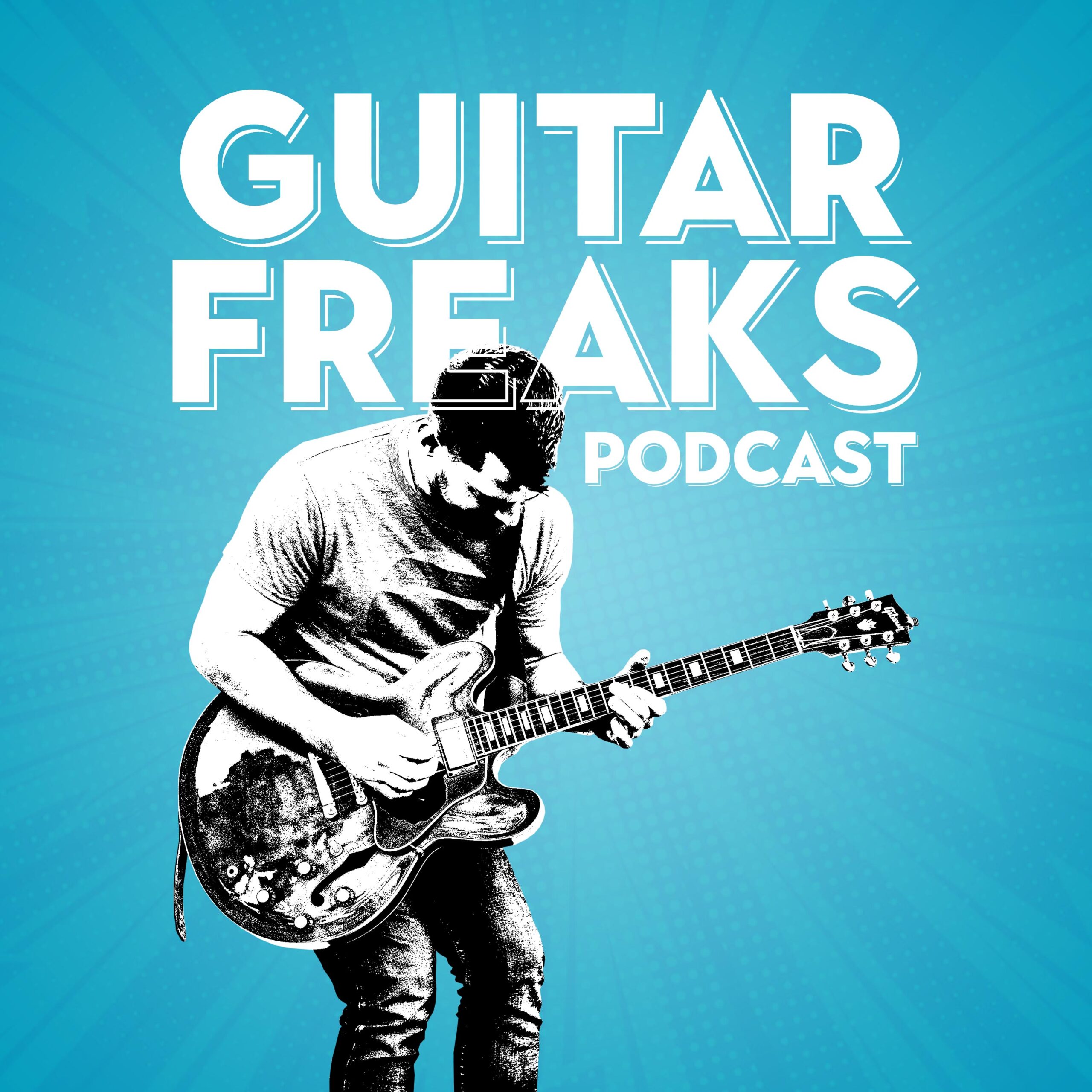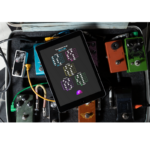When it comes to expressive guitar techniques, vibrato is the secret sauce that adds depth and emotion to your playing. Whether you’re channeling the soulful bends of B.B. King or the fiery sustain of David Gilmour, learning how to play vibrato on guitar can transform simple notes into captivating musical statements. Mastering guitar vibrato tips is key to unlocking this expressive power.
In this guide, we’ll break down essential guitar vibrato tips, explore different styles of vibrato, and help you incorporate this technique into your playing. Plus, we’ll share practice strategies and songs to inspire you on your vibrato journey.
What is Vibrato and Why is it Important?
At its core, vibrato is the slight fluctuation of pitch in a sustained note. It mimics the natural nuances of the human voice, making your guitar playing more expressive and engaging. A well-executed vibrato can evoke emotion, sustain a note longer, and even mask minor intonation issues. To perfect this technique, follow these guitar vibrato tips and focus on control, speed, and depth.

Download the ebook “SoloCraft”!
SoloCraft is the ultimate guide to mastering guitar soloing, designed for players of all levels. Packed with step-by-step lessons, pro-level techniques, and real-world examples, SoloCraft teaches you how to navigate the fretboard, craft expressive solos, and unlock your full potential as a lead guitarist. Whether you’re improvising, building speed, or adding emotion to your playing, SoloCraft gives you the tools to solo like a pro.
Download Now
Types of Vibrato:
- Finger Vibrato: Most commonly used on the fretboard. You rock the string back and forth using your fretting finger, pivoting on the fingertip.
- Wrist Vibrato: Instead of relying solely on your finger, this involves small rotations of the wrist for a more controlled and even vibrato.
- Classical Vibrato: Found in classical guitar, where the string is moved along the length of the fretboard rather than side-to-side.
- Bar Vibrato (Tremolo Arm): Using the whammy bar to add a wide, wobbling vibrato effect—think Jeff Beck or Steve Vai.
Incorporating these styles into your playing is easier when you use these guitar vibrato tips for effective practice.
How to Play Vibrato on Guitar: A Step-by-Step Guide
Guitar Vibrato Tips Basics:
- Anchor Your Hand: Place your thumb on the back of the neck for stability.
- Choose Your Note: Start on a simple note, like the 7th fret of the G string.
- Move the String: Use a rocking motion to bend the string slightly above and below its natural pitch.
- Control the Speed and Depth: Experiment with how fast (narrow vs. wide) you oscillate.
Pro Tip:
Vibrato should come from your entire finger and wrist working together, not just wiggling your fingertip. This gives you a more consistent, controlled sound—one of the most important guitar vibrato tips to remember.
Guitar Vibrato Tips To Practice
1. Start Slow and Controlled
Play a sustained note and apply slow vibrato, focusing on even pitch oscillations. Use a metronome to keep the timing consistent. Gradually increase the speed to explore faster vibrato while applying these guitar vibrato tips.
2. Practice Wide vs. Narrow Vibrato
- Wide vibrato stretches the pitch more dramatically—ideal for emotional solos.
- Narrow vibrato creates subtle shifts in pitch, great for delicate or jazzy passages.
3. Experiment on Different Strings and Frets
Vibrato feels different on lower vs. higher strings and near the headstock vs. higher up the neck. Practice everywhere to develop control across the fretboard. Use these guitar vibrato tips to stay consistent.
4. Incorporate Guitar Vibrato Tips Into Your Solos
Add vibrato at the end of bends or long notes for a polished, professional sound. Try using it sparingly for contrast, letting some notes remain straight to make your vibrato stand out.
Songs to Master Vibrato Inspiration
The best way to internalize vibrato is by studying the masters. Here are some classic tracks to listen to and learn from while applying guitar vibrato tips:
- B.B. King – “The Thrill Is Gone”
- King’s signature slow, wide vibrato is a masterclass in emotion.
- Eric Clapton – “Wonderful Tonight”
- Clapton’s smooth vibrato adds a touch of magic to this ballad.
- David Gilmour – “Comfortably Numb”
- Gilmour’s wide vibrato and impeccable control make this solo unforgettable.
- Carlos Santana – “Europa”
- Santana’s vocal-like vibrato is an excellent study in expressive guitar techniques.
- Gary Moore – “Still Got the Blues”
- Moore’s vibrato is fiery yet controlled, adding intensity to every note.
Common Vibrato Mistakes (And How to Avoid Them)
- Too Fast or Uneven: Start slow to develop control. A rushed vibrato can sound nervous or out of tune.
- Overuse: Vibrato on every note can lose its impact. Use it sparingly for emotional emphasis.
- Weak Execution: Make sure your vibrato is deliberate. A weak vibrato can sound accidental.
Avoid these mistakes by keeping these guitar vibrato tips in mind during your practice.

Download the ebook “SoloCraft”!
SoloCraft is the ultimate guide to mastering guitar soloing, designed for players of all levels. Packed with step-by-step lessons, pro-level techniques, and real-world examples, SoloCraft teaches you how to navigate the fretboard, craft expressive solos, and unlock your full potential as a lead guitarist. Whether you’re improvising, building speed, or adding emotion to your playing, SoloCraft gives you the tools to solo like a pro.
Download Now
Enhance Your Guitar Vibrato Tips with SoloCraft
Struggling to master the perfect vibrato? My eBook, SoloCraft, is your ultimate guide to unlocking expressive playing. Packed with step-by-step exercises and in-depth explanations, SoloCraft helps you build finger strength, control, and precision—essential skills for achieving a professional vibrato.
In SoloCraft, you’ll find:
- Dedicated Vibrato Techniques: Learn how to apply vibrato effectively in different musical contexts.
- Step-by-Step Practice Routines: Develop consistency and finesse with guided exercises tailored to vibrato.
- Advanced Soloing Strategies: Discover how vibrato integrates seamlessly into melodic phrasing, helping your solos stand out.
Whether you’re perfecting your first vibrato or refining your expressive techniques, SoloCraft complements the guitar vibrato tips outlined in this guide, making it an invaluable resource for every guitarist.
Ready to elevate your playing? Grab your copy of SoloCraft today and start transforming your solos into emotional masterpieces!
Join the Conversation!
Vibrato is a skill that grows with practice and feedback. Why not share your progress with other players?
🎸 Join the Guitar Freaks Hangout on Discord to connect with guitarists of all levels. Share your smoothest vibrato, swap practice tips, and get inspired by a community that loves music as much as you do.
Let your notes sing, and remember—vibrato is all about making the guitar speak with your unique voice! Apply these guitar vibrato tips to unlock your expressive potential today.
Explore More:
- Want to dive deeper into expressive playing? Check out our guide on Guitar Phrasing: 4 Essential Techniques for Expressive Solos.
- Looking for more advanced practice routines? Visit our blog for tips on improving speed and control.
External Resources for Guitar Vibrato Tips Inspiration:
- Learn from the legends: David Gilmour’s Wide Vibrato Techniques
- Get the science behind vibrato: How Vibrato Adds Emotion to Music
And don’t forget—join the Guitar Freaks Hangout on Discord to share your progress, ask questions, and connect with a community of passionate guitarists!

Download the ebook “SoloCraft”!
SoloCraft is the ultimate guide to mastering guitar soloing, designed for players of all levels. Packed with step-by-step lessons, pro-level techniques, and real-world examples, SoloCraft teaches you how to navigate the fretboard, craft expressive solos, and unlock your full potential as a lead guitarist. Whether you’re improvising, building speed, or adding emotion to your playing, SoloCraft gives you the tools to solo like a pro.
Download Now










